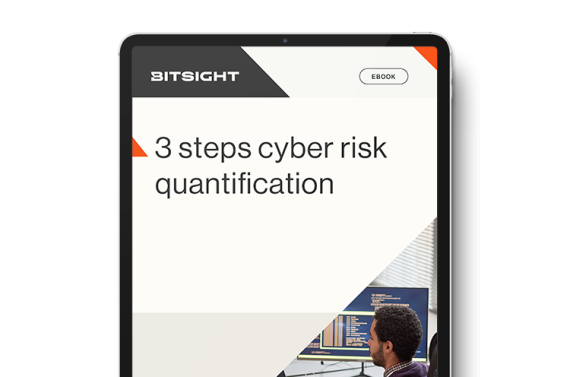Why quantifying the financial impact of cyber attacks is critical
Several trends are fueling the need to perform and integrate risk quantification into your cybersecurity program:
- An increase in cyber incidents and the rising costs of a data breach.
- The growing importance of cyber risk governance and oversight.
- The need to evaluate cyber insurance policies and understand what coverage is needed.
- The risks of security manager burn out and need for an informed way to determine where to focus time and energy.
- The need to demonstrate progress in reducing risk exposure while lacking the tools to create a shared understanding of program effectiveness.
How to measure the financial impact of cyber attacks
Cyber risk quantification (CRQ) isn’t a new concept. But it hasn’t been accessible to all companies. That’s because the process of understanding, analyzing, and quantifying cyber risk has traditionally been highly manual and time-consuming.
Models such as the Factor Analysis of Information Risk (FAiR™) have standardized the process, but they’re hard to scale and aren’t easily repeatable. Plus, they require significant expertise to gather and analyze huge amounts of data, categorize risk, and calculate potential impacts across a range of scenarios. For these reasons, many companies outsource the process to consultants – which can be costly.
A better way to model the financial impact of cyber attacks is to leverage a turnkey, automated software solution like Bitsight Financial Quantification.
Bitsight makes CRQ available, accessible, and actionable – regardless of your budget and program sophistication – to enable better data-driven decision-making about cybersecurity programs.
Unlike traditional approaches that require vast resources and often do not produce timely results, Bitsight delivers a modern approach that democratizes CRQ in a low-cost, high performance, and scalable way. With Bitsight Financial Quantification, you can:
- Automate the process of translating cyber risk into business terms: Bitsight simulates your organization’s financial exposure across multiple types of cyber events and impact scenarios to calculate a range of potential financial losses.
- Quickly and easily assess your potential financial exposure: Get a CRQ model up and running in 30 minutes with minimal inputs and without the need for additional headcount or resources.
- Make more informed decisions: Consulting engagements with Bitsight CRQ experts can help you gain a greater level of understanding and define a clear, actionable path of what to do with the results.
With a financially quantified view of cyber risk, Bitsight empowers you to speak the same language as the board, gain a seat at the organizational risk management table, and have meaningful conversations about where to focus resources and budgets.
Book a demo to see Bitsight Financial Quantification in action.




